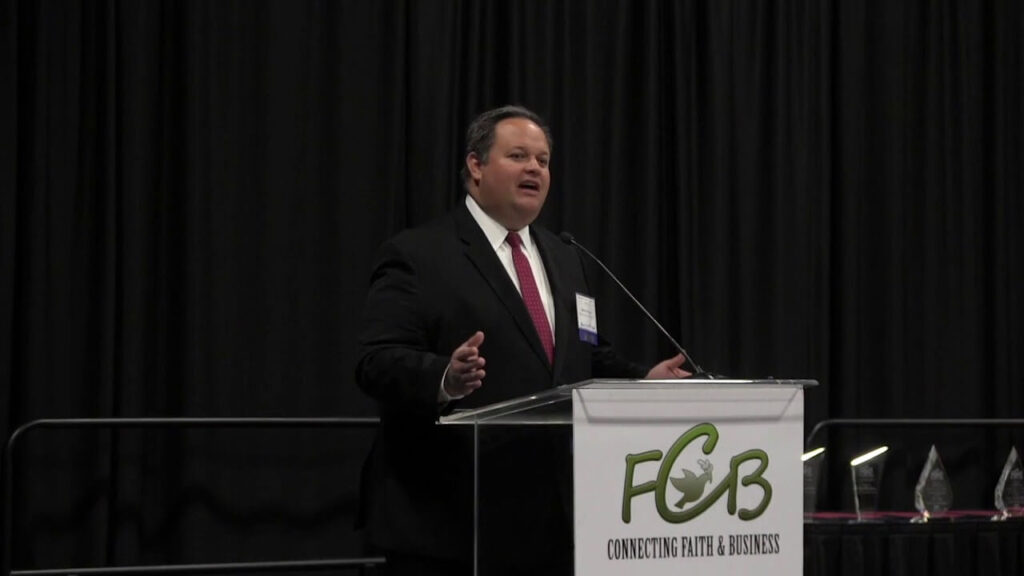ESOP Facts
There are approximately 8,000 ESOPs in the US. As an alternative ownership model, an ESOP can preserve legacy and create perpetually sustainable businesses. It provides shareholders of privately-held businesses a tax-efficient liquidity vehicle, while also enabling the employees to earn a share of the business that they helped to build. Employees do not need to approve an ESOP sale or invest in it. If you are a closely-held or a family-run business, you or your family can still run the business after establishing an ESOP.
After selling to an ESOP the former business owners and their family members may continue to run and manage the company through a smooth and staged transition period and sometimes beyond.
- Competitive Valuation
- Significant Cash at Close
- Continue to Operate the Business
- Personal Capital Gains Tax Deferral (Possibly Permanently)
- Unparalleled Corporate Tax Savings (Possibly completely tax-exempt)
- Meaningful Employee Benefit
- Key Management Incentives
Selling Shareholder Benefits
- Creates liquidity and a transition plan for shareholders, enabling them to defer their capital gains taxes from the sale, often permanently
- The current credit markets are robust and competitive allowing us to raise a significant amount of the sales price in financing to complete the transaction
- More private and less adversarial than selling to an outside third-party
- Provides continuity of the existing corporate culture and retains the owners’ legacy
- Thousands of companies are now 100% ESOP-owned S-Corporations; since ESOP trusts are tax-exempt, these organizations operate tax-free
- Partial ESOPs also have significant tax advantages, depending on how they are structured that either allow for a full corporate tax deduction of the ESOP purchase price or exempting the ESOP’s ownership portion from future taxation
- Maturing ESOPs can become a tax-advantaged vehicle to acquire other businesses
Management and Employee Benefits
What’s in it for the Management and Employees?
- Employees on average make 5% to 15% more annually by receiving stock in their ESOP accounts
- Employees on average have 3 to 7 times the retirement assets verses a 401k plan
- Employees become beneficial owners of company stock without investing any of their own money
- Employees build equity value annually in their ESOP accounts enabling them to benefit from the company’s future growth and success
- In certain types of ESOP transactions, we can structure and implement a separate phantom stock (or stock appreciation rights plan) that will allow the company to grant additional equity (outside of the ESOP) to key management employees that will improve retention and provide them and provide them with equity incentives in addition to their ESOP shares.
- ESOPs keep companies local, create jobs, retain employees and outsource fewer jobs

The Ambrose ESOP Advisory Approach
We offer an ESOP-focused bundled services platform. As the Transaction “quarter-back” our team will help you explore an ESOP as a transaction option, structure, execute and finance a transaction, as well as manage the post-transaction administration and maintenance for the ESOP. We can handle the entire sell-side of a transaction.*
Valuation analysis, transaction structuring, cash flow modeling, creating the transaction plan, leading the transaction negotiations, execution and placement of the financing.
Coordination of post-closing requirements, ESOP management services, third-party administration, record-keeping and tax-reporting assistance for the ESOP.
Assist in building the full transaction team, transaction design, due diligence, manage and build an e-data room, review of all transaction documents.
Favorable determination letter application submissions, other IRS & DOL representation, and voluntary correction submissions.



